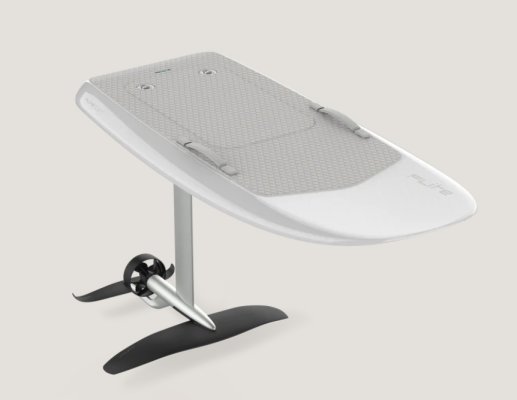mvweebles
Guru
- Joined
- Mar 21, 2019
- Messages
- 7,234
- Location
- United States
- Vessel Name
- Weebles
- Vessel Make
- 1970 Willard 36 Trawler
My sense is they have selected the catamaran as one with exceptional sailing abilities to minimize dependence on propulsion. Plus they specified diesel-electric which, while having a checkered history in recreational marine applications, just might make sense for their application - of recharge/top-off.Getting back to the dinghy selection, as was earlier stated, I agree it will all be about recharging the tender. If their solar is enough, then it will be a great system. But when they have to use the engines to recharge, it's worse than just using a engine to directly power the boat in the first place. So you really want solar to cover all your needs 90%+ of the time.
The make or break will be all about their propulsion needs, and how much it exceeds house power use. They will have a 40kwh battery bank and 5kw of solar. Let's say the solar actually yields 4kw for 4hrs each day, so 16kwh. That's plenty of power for house use, but when used for propulsion they will draw the batteries down a lot. In that case it will take 2-3 days to recharge, assuming mild house loads.
Now add in the tender. Their goal is a 20 kt tender with 20 miles of range, if I remember correctly. That will be 20-30kwh for such a trip, and require around the same 2-3 days to recharge. And that's in addition to whatever time it takes to top off the main boat's battery bank.
So if you use the electric propulsion in the main boat, anchor, then go for a tender trip, you are looking at 4-5 days at anchor to get everything recharged. If that fits their cruising style, then it could work well.
Now these are all very rough estimates, but I think it puts it in perspective for real operation. Yes, they have lots of off-grid living and solar experience, but it's all with house loads. Propulsion is an order of magnitude more power, and changes things considerably.
The OC Tender rigid dinghy is an impressive boat. Had it not been for outrageous shipping costs, I may have gone with it instead of the AB RIB I ended up with. For better or worse, the OC has a flatter bottom and planes easily. That said, if their design requirement is 4 people and 20-kts with 20-nm range, hard to imagine carrying enough batteries. 2-persons with dive gear with 10-nm range at 15-20 kts night be feasible. Time will tell on that one.
Peter

